Arkansas forests and wetlands to see nearly $5 million through Inflation Reduction Act
ON 04-24-2024
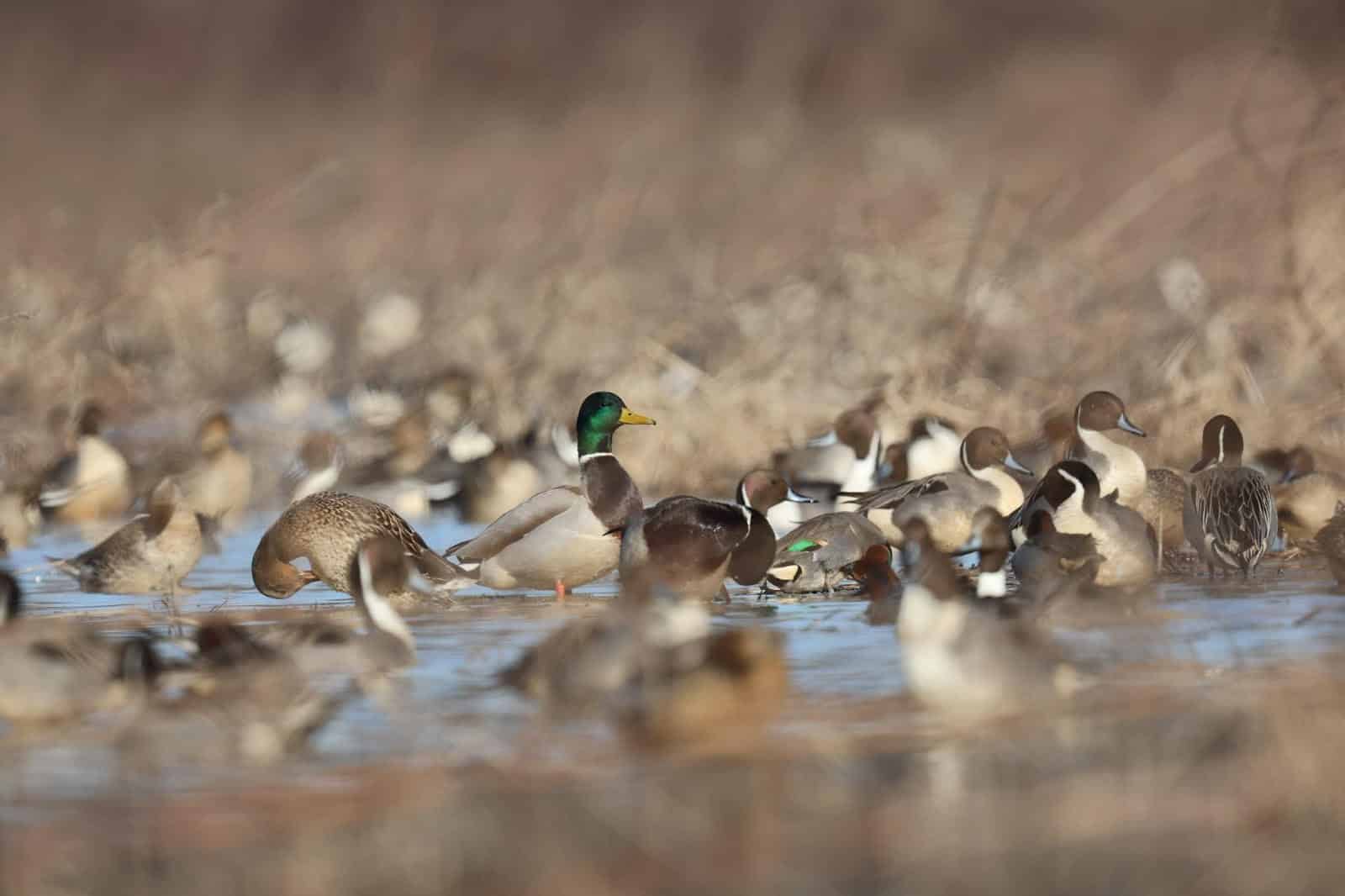
ATLANTA — Publicly owned wetlands and wildlife habitat in Arkansas will see additional funding for conservation efforts according to a press release issued April 18 by the U.S. Fish and Wildlife Service.
Renovations at Shirey Bay Rainey Brake Wildlife Management Area near Alicia will be one of the many projects partially funded through the Inflation Reduction Act. The AGFC, partnering with Ducks Unlimited and the USFWS will restore nearly 2,300 acres of critical wetland habitats through replacement of outdated infrastructure used to control water flow to and through wetland areas on the WMA. These wetlands are vital for local water quality as well as habitat for waterfowl and threatened and endangered species. The work also will help the AGFC continue providing excellent waterfowl-hunting opportunities for the general public in this portion of the state.
Brad Carner, Deputy Director of Arkansas Game and Fish Commission, noted that “this project is yet another example of the agency’s commitment to aggressively tackle the renovation efforts of Arkansas’s renowned greentree reservoirs. Our pursuits to provide Arkansans and wildlife with the best quality habitat has pushed us to be innovative with partnerships and funding resources. Initiatives like this will provide benefits to users and wildlife for generations to come.”
In addition to the Shirey Bay Rainey Brake WMA project, the USFWS will invest $1.6 million in forest health restoration efforts on 15,100 acres of wildlife habitat on Bald Knob, Cache River and Overflow national wildlife refuges in Arkansas. This effort will enhance outdoor recreational opportunities for the public, especially wildlife observation and photography, benefit wintering waterfowl, birds, and other species, and sequester more carbon, lessening the impact of a warming climate on local communities.
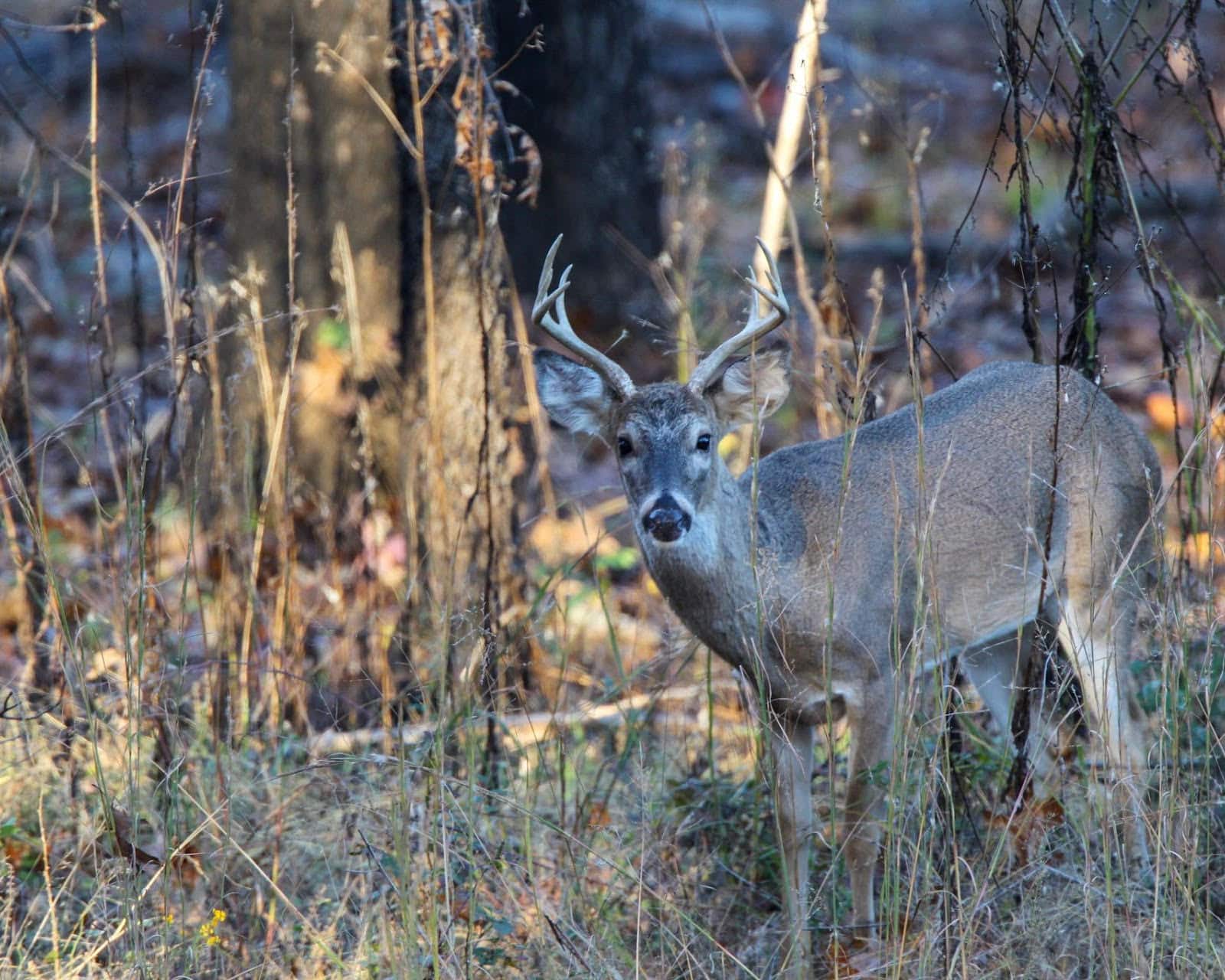
The USFWS also will invest nearly $2.5 million on wetland restoration work across Dale Bumpers White River, Cache River and Wapanocca national wildlife refuges. Roughly 5,200 acres of wetlands will be restored or improved with adaptations and improvements to refuge levees and water control structures to mitigate flooding and other effects of severe weather events. This project will prevent damage to the refuge’s forests, provide beneficial habitat for migrating waterfowl, and improve the water quality around the refuges.
Additional projects were announced in the USFWS press release, covering wildlife habitat improvements in Louisiana, Mississippi and Tennessee. All projects noted in the release will aid forestry and wetland restoration efforts across more than 63,100 acres of national wildlife refuges and state-managed lands in Arkansas, Louisiana, Mississippi, and Tennessee, totaling over $17 million in conservation investments.
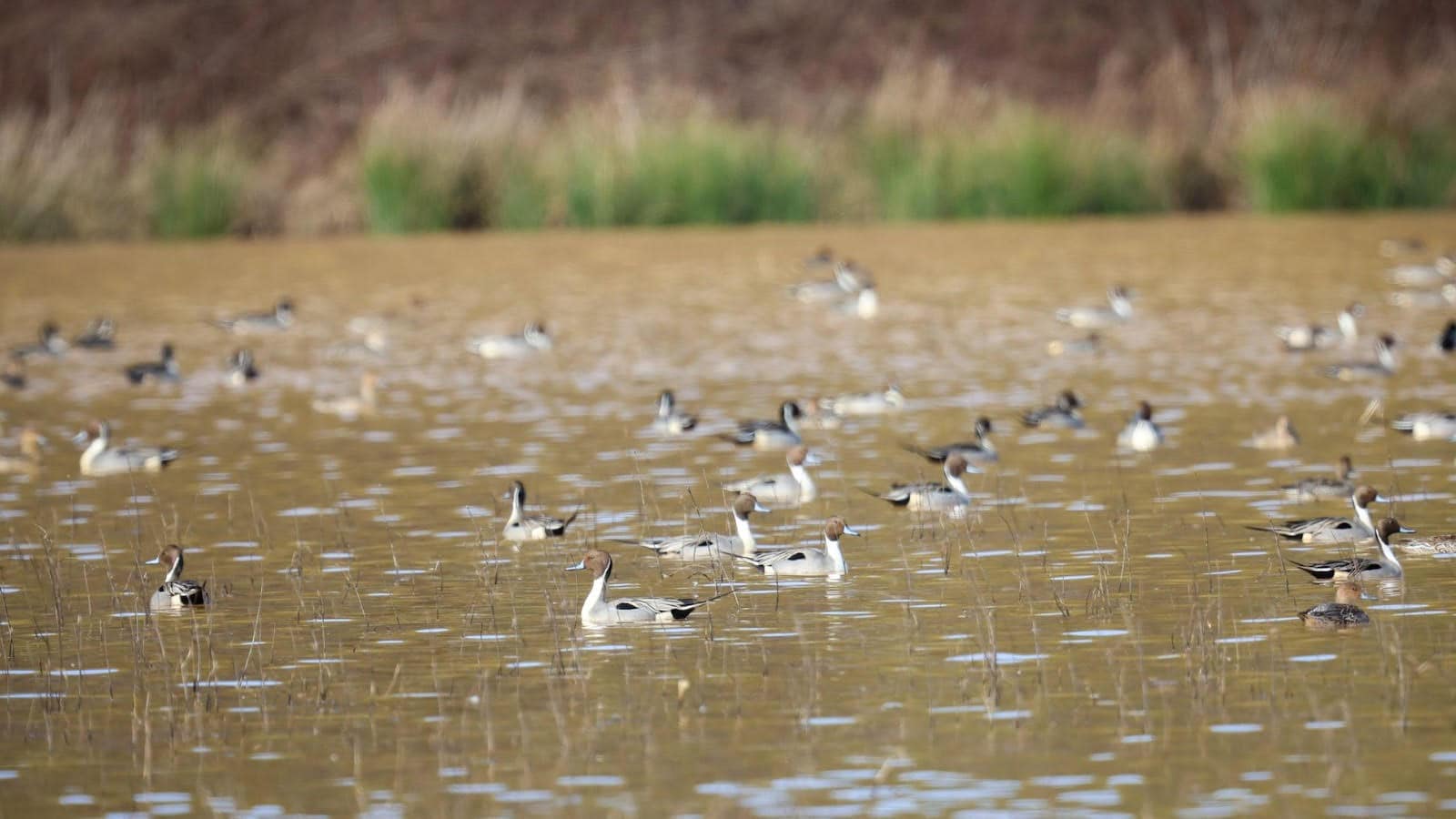
Through the Bipartisan Infrastructure Law and the Inflation Reduction Act, the Department of the Interior is implementing a more than $2 billion downpayment to restore our nation’s lands and waters. In March 2023, the Service announced an investment of more than $120 million from the Inflation Reduction Act to rebuild and restore units of the National Wildlife Refuge System and partner with State Wildlife Management Areas that have been affected by adverse weather events. The investment prioritizes projects that promote coastal resilience and climate adaptation, address invasive species threats, and provide for additional data collection needed to support successful natural resource resilience.
These projects focus on rural areas and communities hit hardest by extreme weather and flooding, which are important habitat for waterfowl, migratory birds, endangered species, and freshwater fish and mussels. They also offer a chance to protect and restore natural habitats for people and wildlife alike by aiming to reduce flood and drought risks and improve access to public recreational areas.
“We are excited about the positive, immediate on-the-ground impacts and long-term benefits the Inflation Reduction Act investment will have in the Lower Mississippi River Valley,” said Mike Oetker, regional director for the U.S. Fish and Wildlife Service Southeast Region, in the USFWS release. “We collaborated with new and longstanding conservation partners to identify projects that will increase resilience to climate and severe weather conditions and will have the most impact for the wildlife, habitat and communities, particularly those underserved communities, who depend on and enjoy these important areas.”
For more information about the Service’s Inflation Reduction Act-related efforts, visit the U.S. Fish and Wildlife Service’s website.
####
CUTLINES
DUCKS IN WETLANDS
Waterfowl are one of the species that will benefit from planned upgrades to Shirey Bay Rainey Brake WMA and National Wildlife Refuges in Arkansas. AGFC photo.
DEER IN WOODS
Healthy forests support a wide range of wildlife on a year-round basis, not only during deer season. AGFC photo.
DUCKS ON WATER
Wetland improvements in The Natural State may help some waterfowl species experiencing declines by ensuring more birds are in excellent condition when they return to their nesting grounds North of Arkansas. AGFC photo.
Recent News
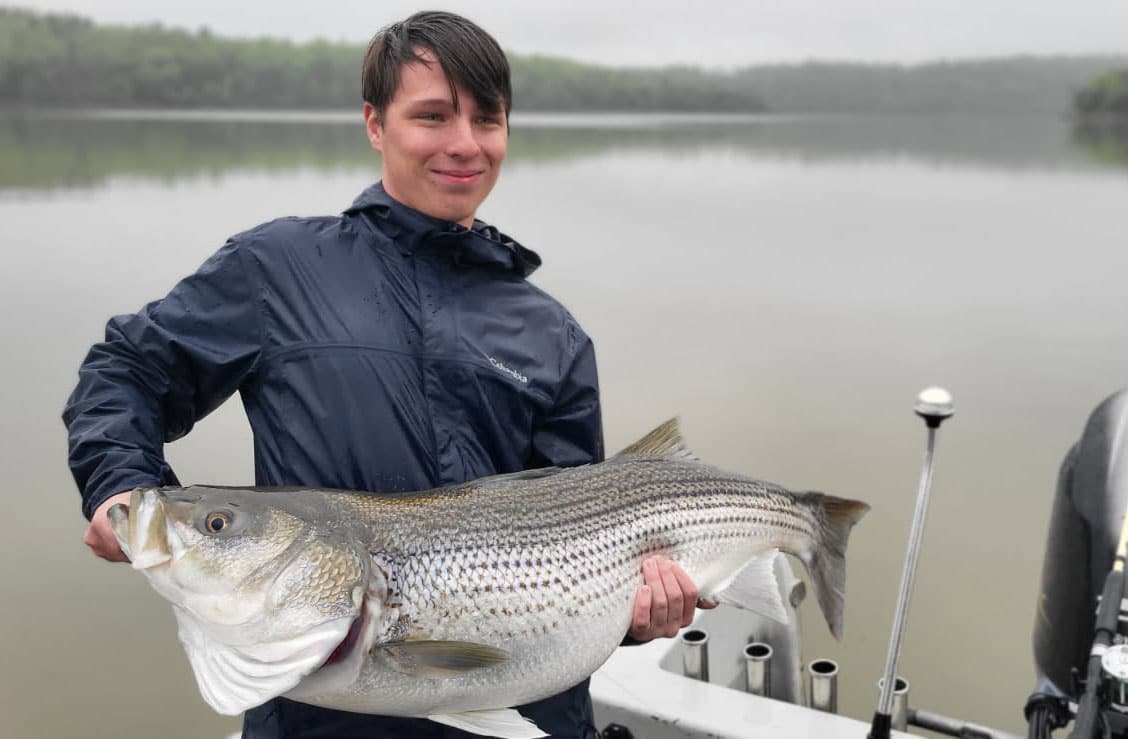
Arkansas Wildlife Weekly Fishing Report
Apr. 24, 2025
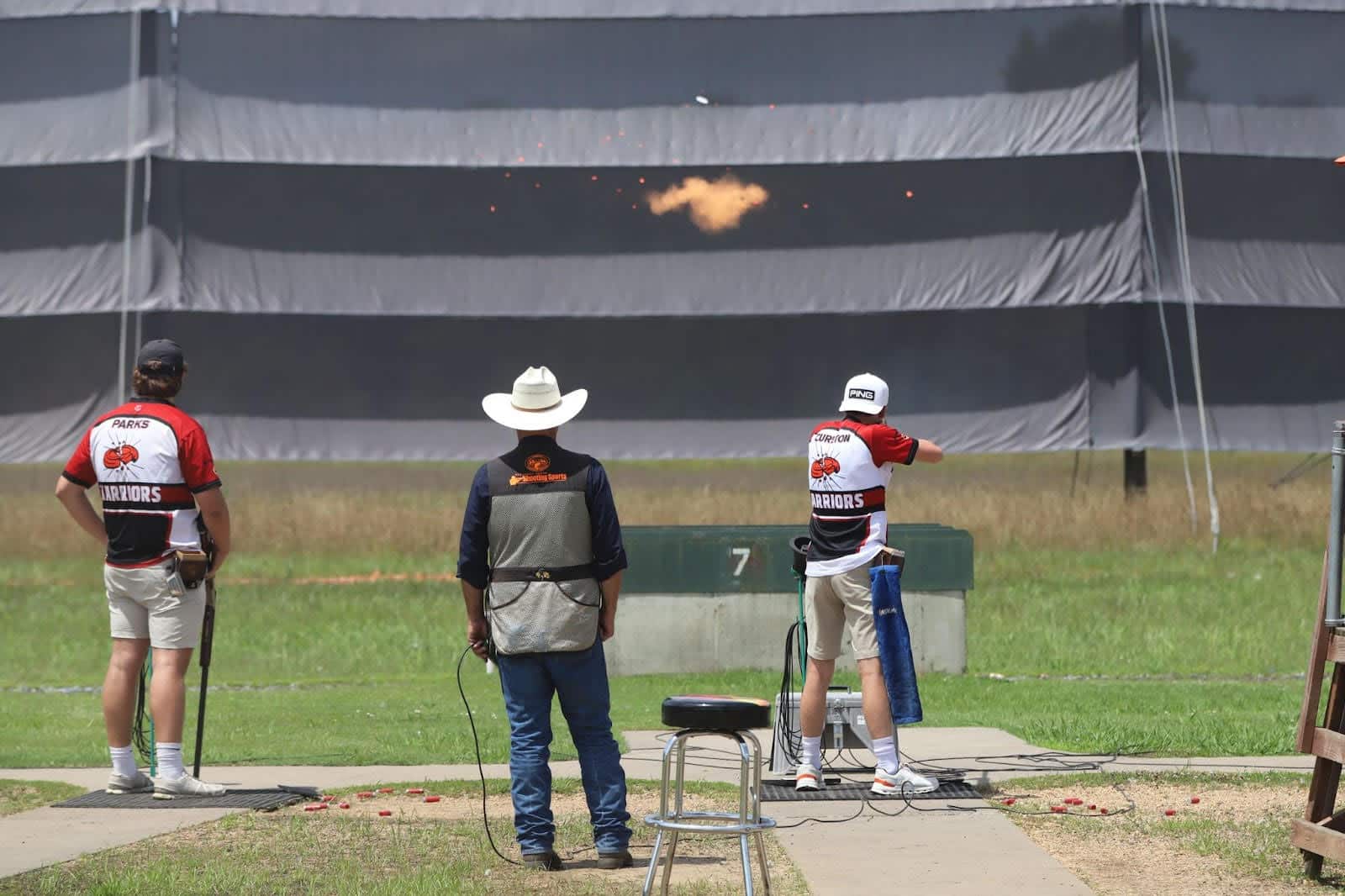
Contenders take aim as shooting sports regionals begin
Apr. 23, 2025
Subscribe to Our Weekly Newsletter E-mails
Don’t miss another issue. Sign up now to receive the AGFC Wildlife Weekly Newsletter in your mailbox every Wednesday afternoon (Waterfowl Reports are published weekly during waterfowl season and periodically outside the season). Fishing Reports arrive on Thursdays. Fill in the following fields and hit submit. Thanks, and welcome!
